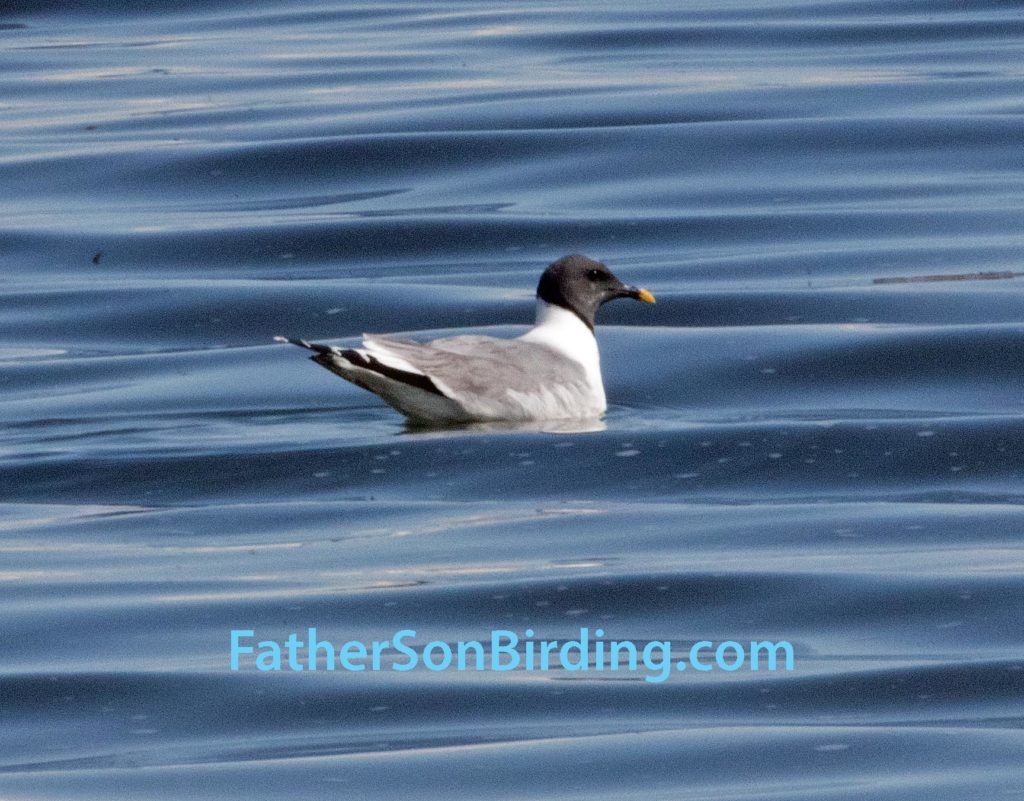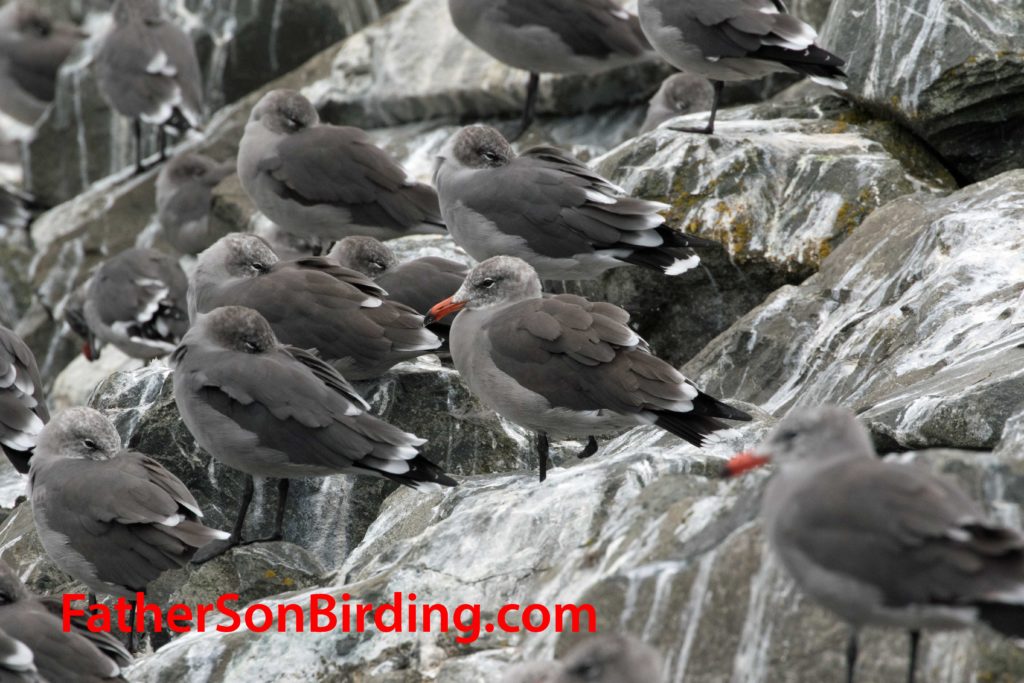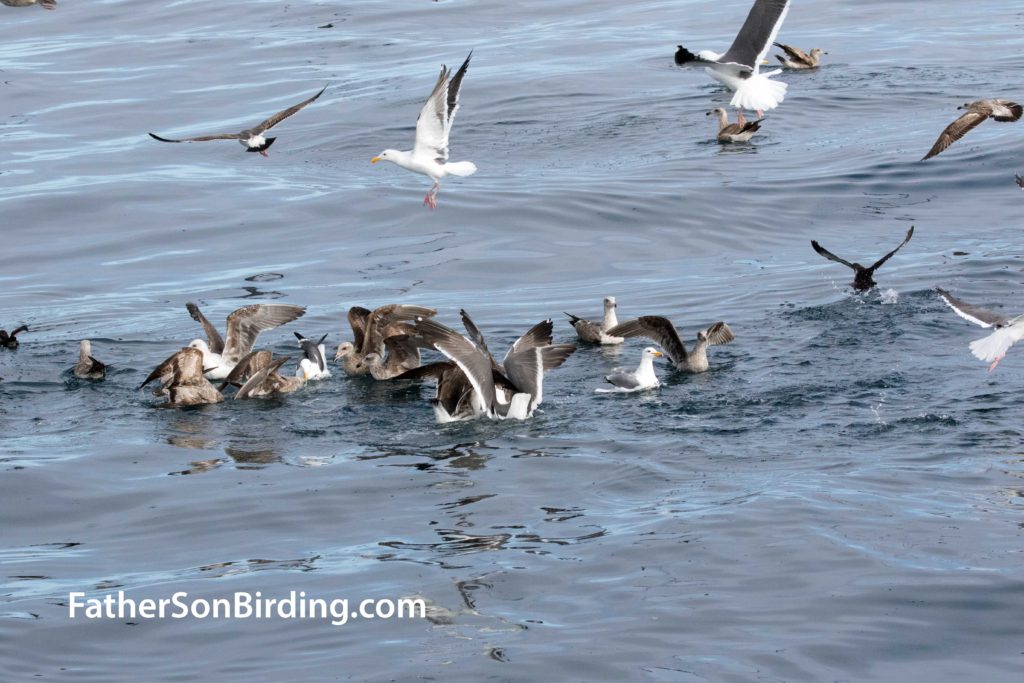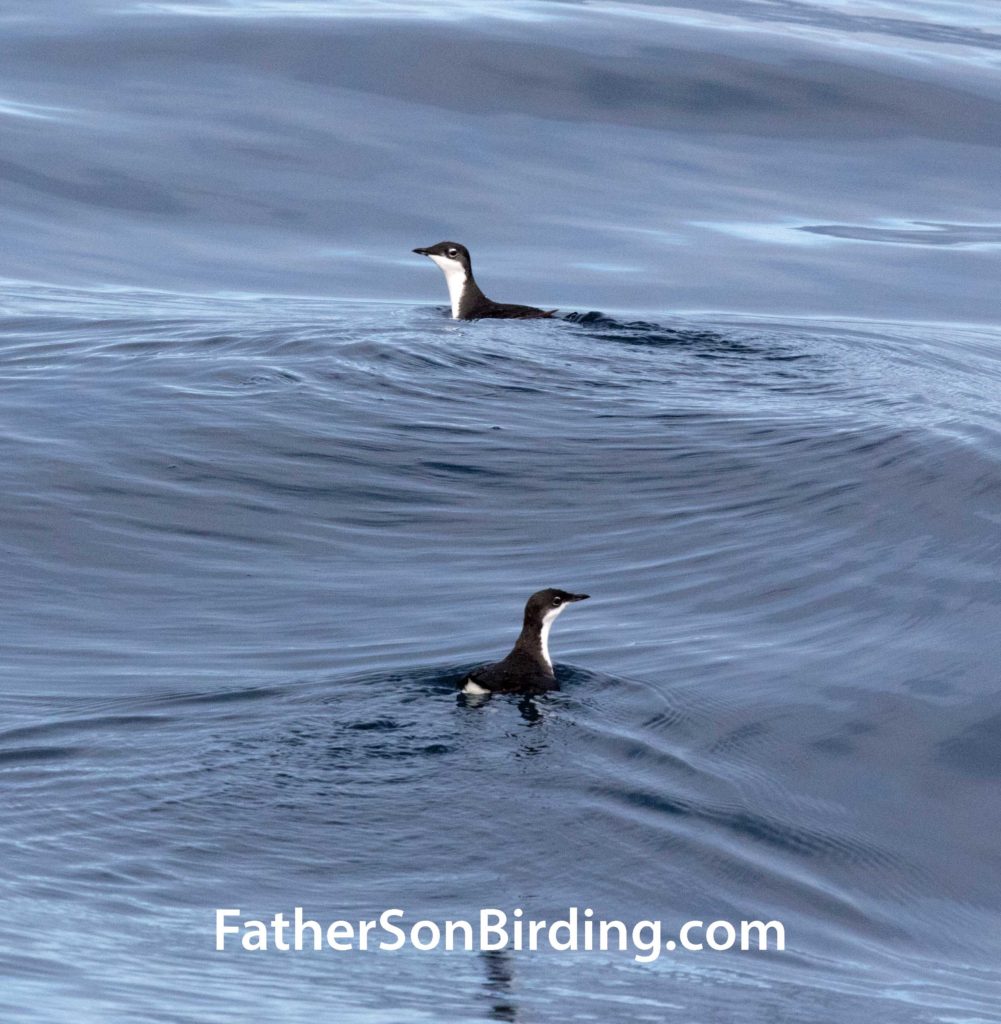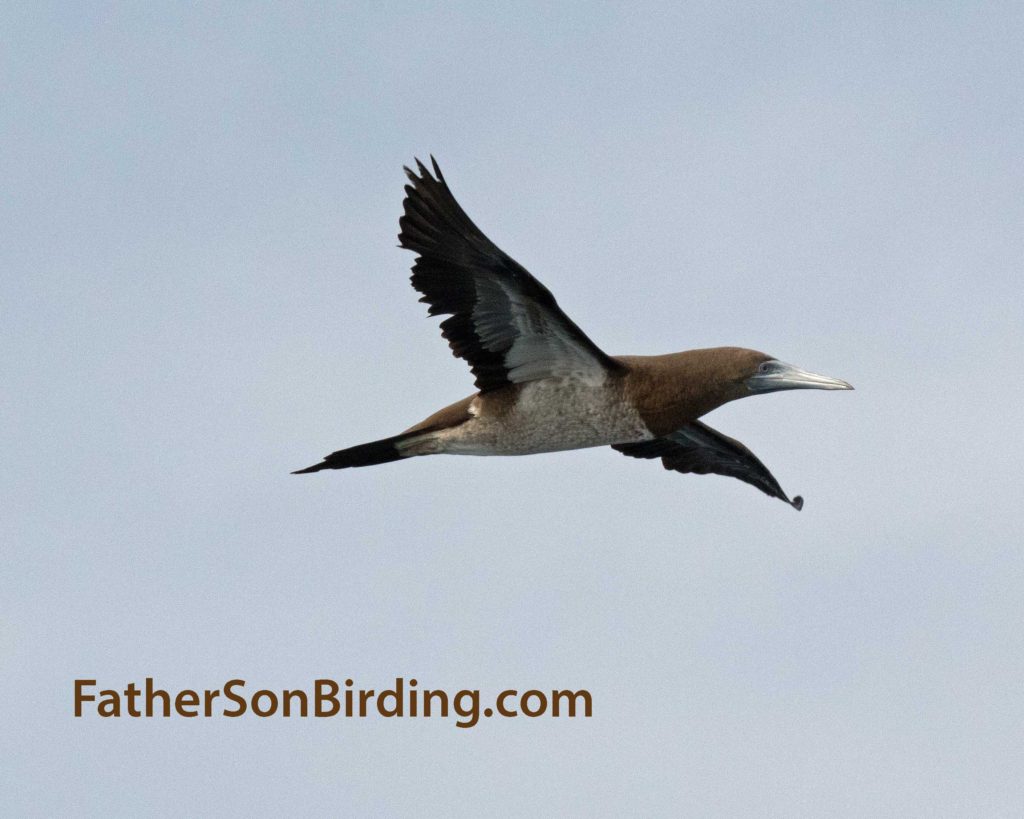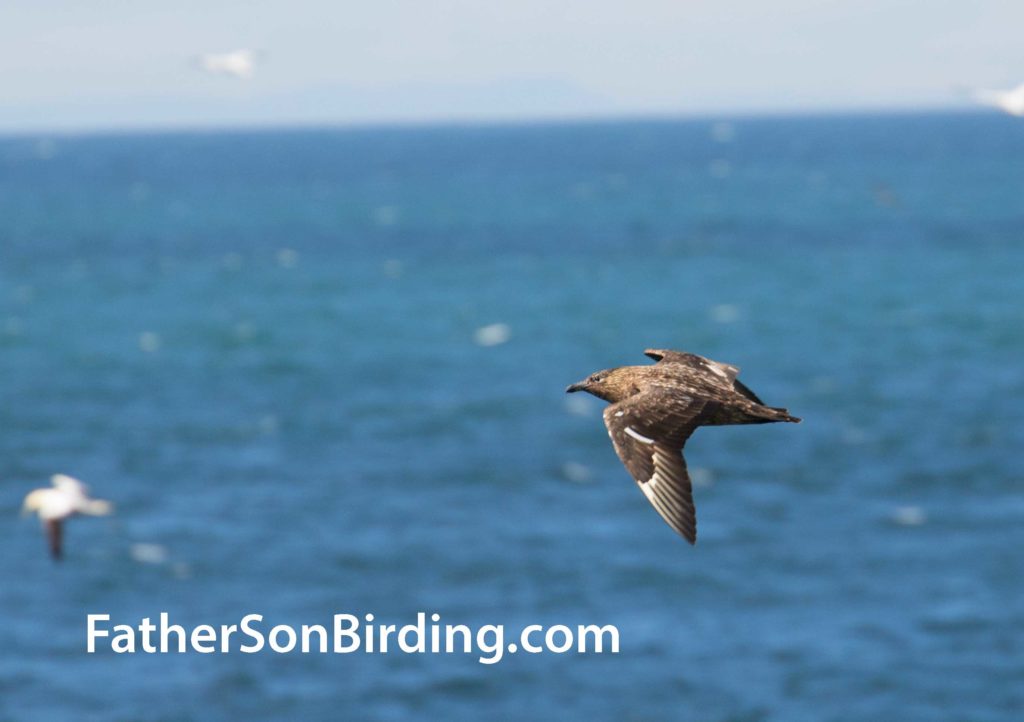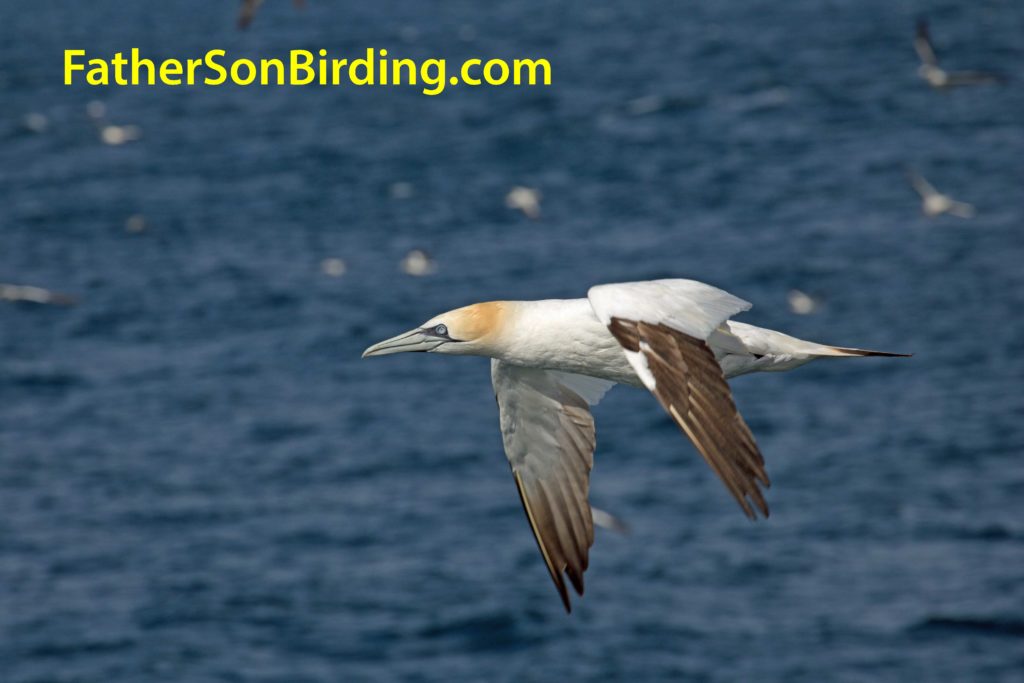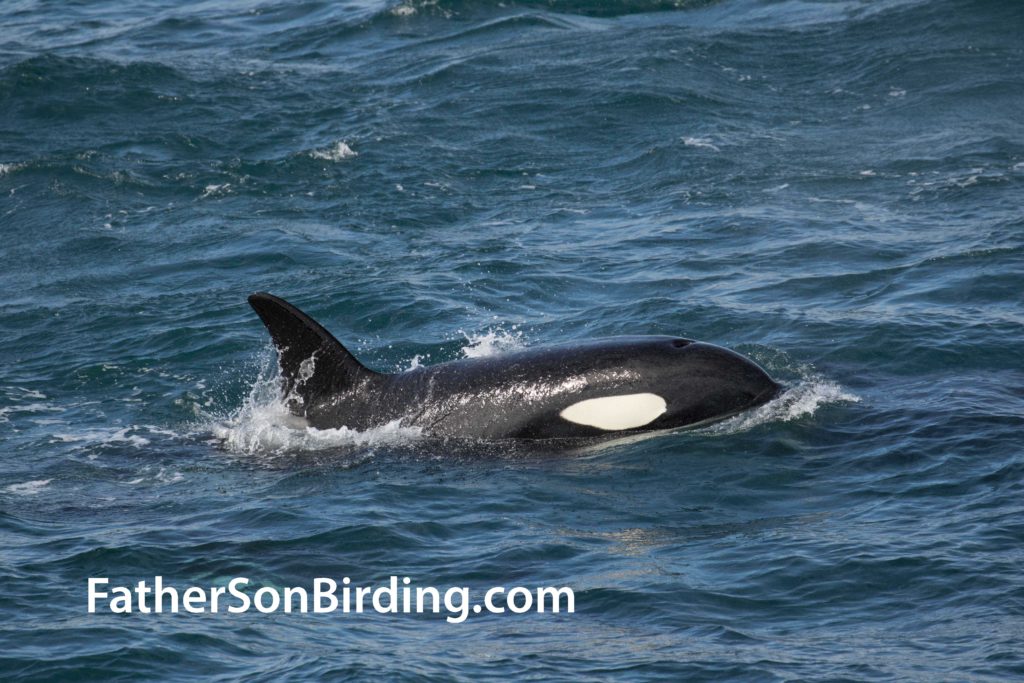
Since we published them, our birding posts about Japan have been read in more than a dozen countries. If you are planning your own trip to Japan, you’re in luck! Sneed’s new book, FIRST-TIME JAPAN: A STEP-BY-STEP GUIDE FOR THE INDEPENDENT TRAVELER, tells you everything you need to know about how to plan your trip to this remarkable, yet sometimes intimidating, country. Order now by clicking here.
Welcome to the second installment of my birding reports from Japan. To read the first report, click here, and of course feel free to share these reports with others—and add your own experiences in the comments section. Thanks for reading!
As mentioned in my last post, one of my goals in birding Japan was to reach 1,000 bird species for my life list. I arrived in the country needing 31 species to hit that mark, but picked up only 13 new lifers during my daughter’s and my first three days in Tokyo. A day trip by bullet train, or shinkansen, to the northern town of Sendai added Japanese Pygmy Woodpecker and Varied Tit to my total, but I felt like the next stop on our itinerary, the seaside town of Kamakura, would have to perform better if I were to keep on pace.
Kamakura lies only about an hour by train from Tokyo and has earned a reputation as a weekend getaway and favorite place for surfing and other water sports. Anticipating that we might need a break after five days in the Big City, I had rented us a tiny apartment only two blocks from the beach, and as soon as we stepped off the train, the area enchanted us. The main train station sits adjacent to a vibrant street full of food and crafts shops, but to reach our lodging we had to hop on the cutest little train you can imagine, ride a few stops, and then roll our luggage a half a kilometer through a quirky little beach town that easily could have been on the Oregon Coast or in Southern California. While trying to find our accommodations, we crossed a little bridge over a canal when a scintillating blue flash caught my eye, followed by another. I didn’t get a great look, but knew immediately what they were—Common Kingfishers, one of my favorite birds and, as it turned out, the only time I got to see them on the trip.


We arrived at our apartment too early to check in so decided to sit in a children’s playground for a few minutes to rest and recover from our hectic travel morning. I felt eager to get out and find some birds, but there in the playground I didn’t have to. Instead, the birds came to me. First, a dove landed on a phone wire only a few yards away. My adrenaline surging, I whipped out my binoculars and sure enough, it was a lifer I had been hoping for: Oriental Turtle-Dove! Then, I espied a bluish bird flitting around on a nearby rooftop. Swallow or flycatcher? I thought to myself. Instead, I was surprised to identify another lifer I had desperately been wanting to see—a Blue Rock-Thrush. Right there in the playground, we were also joined by a Warbling White-eye and either Japanese or Varied Tits, though I didn’t get a great look at the latter.

Leaving our bags, Tessa and I walked down to the beach. Perhaps a hundred surfers crowded the two- to three-foot waves, and Tessa and I saw Carrion Crows and Black Kites for the first time on the trip, both species Braden and I had seen in Israel right before the pandemic.
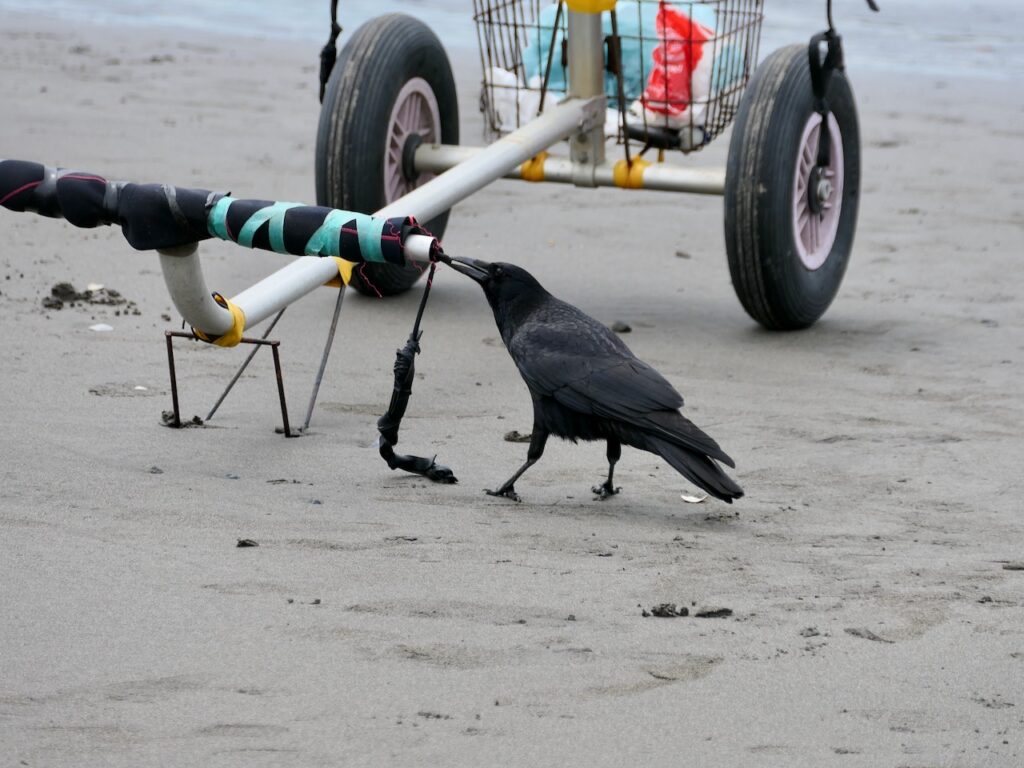

Since the forecast called for a rainy weekend, we tore ourselves away from the beach and hiked a mile or so to Kamakura’s most famous attraction, the Great Buddha. This forty-foot-high bronze sculpture was completed around the year 1253, and truly impressed both of us. When we arrived, a rock pigeon perched comfortably atop the Buddha’s head, a fitting signal that the Buddha welcomed both of us! After taking the mandatory photos, we sat on a stone wall and chilled in the statue’s peaceful presence before grabbing an early dinner at a café and then checking into our residence.
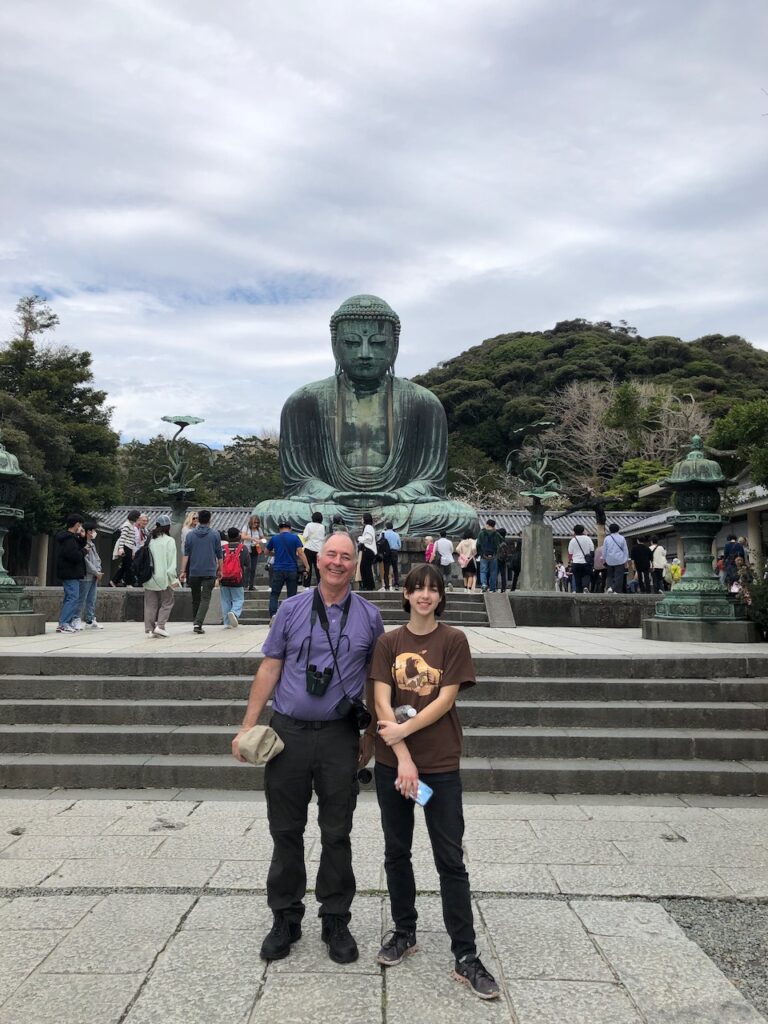
We had plans to take a genuine forest hike in Kamakura, but unfortunately the weather forecast turned out to be all too true. Saturday, umbrellas in hand, we braved the Kamakura food street next to the station, but were forced back home by chilling wetness—though not without nabbing a box of fresh mini-donuts! Sunday, we took the cute little train down the coast to Enoshima, famous for its picturesque island just offshore. A short causeway connected the island to the mainland, and on the way across I spotted the trip’s first Eurasian Wigeons, a species Braden and I are lucky to see once a year in Montana. I was also surprised to find Herring Gulls sitting atop light posts.



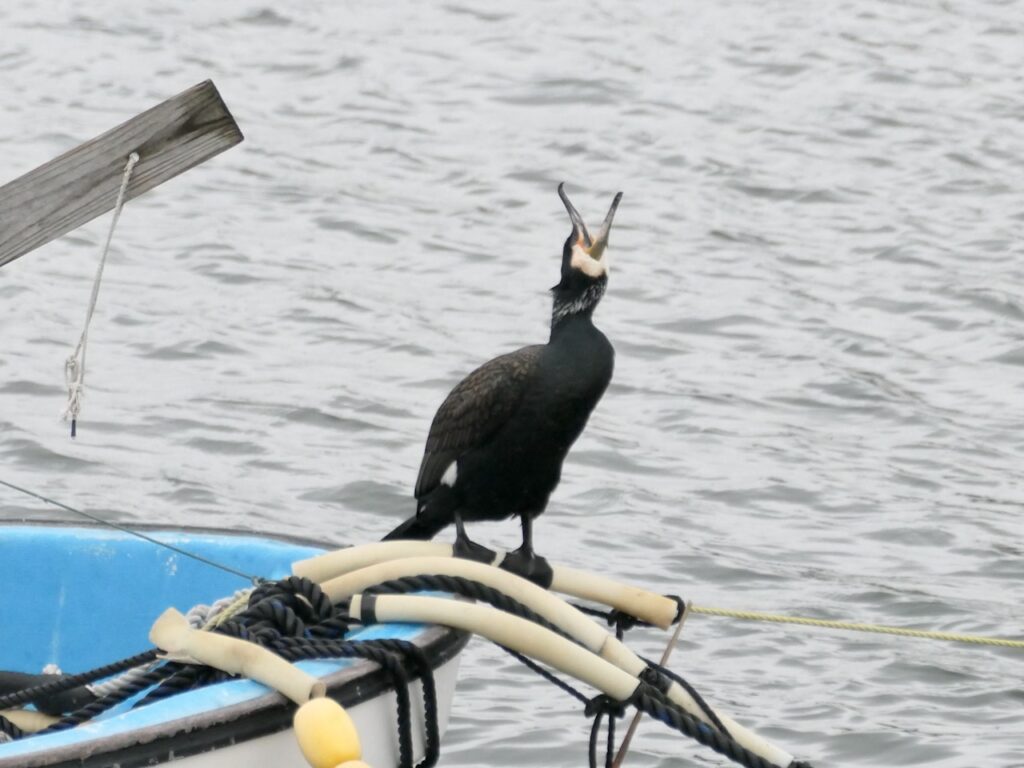
Following a beautiful paved winding path up the island’s mountainous terrain, we encountered birds that were now becoming familiar to both of us including Brown-eared Bulbuls, White Wagtails, White-cheeked Starlings, Eurasian Tree Sparrows, and a trio of Oriental Turtle-Doves. The highlight of the day, however, turned out to be a small, gorgeous red shrine tucked away in the trees near the summit. It apparently is one of three shrines on the island collectively known as Enoshima Shrine, and it was built to worship the deities of fishing and sea transport. We weren’t sure what to do there, so I quickly texted Ryosuke, a Japanese foreign-exchange student who happens to be spending the year at Tessa’s high school and who had been tutoring me in Japanese. He quickly texted back instructions, and we paid our respects before heading back down the mountain. Thank you Ryosuke!
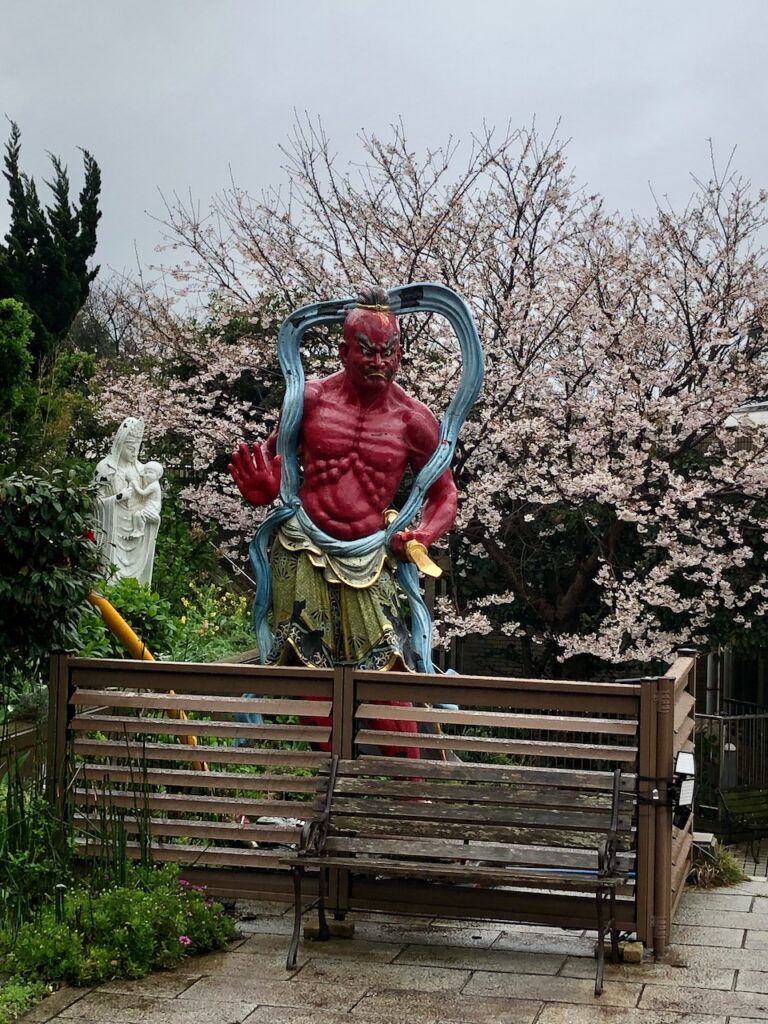

Lifer count for the weekend? A mere two species, making our next destination, Kyoto, essential for my evil plans to reach my life list millennium mark.



